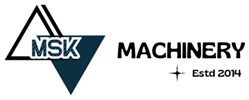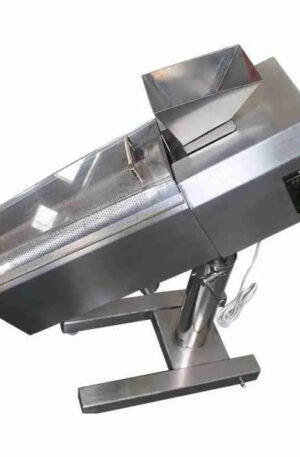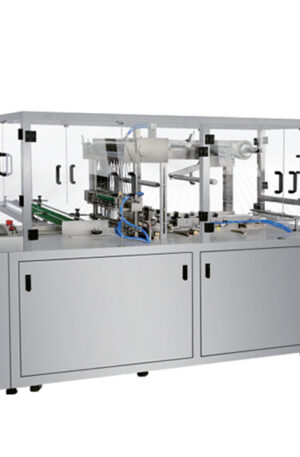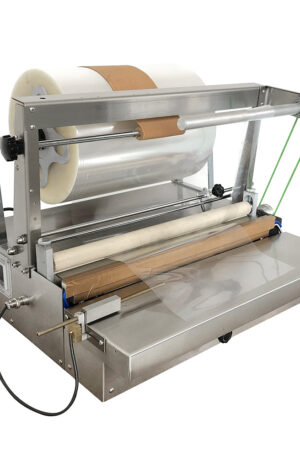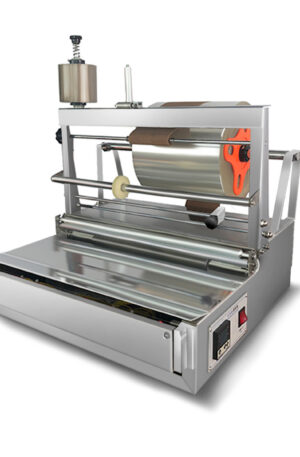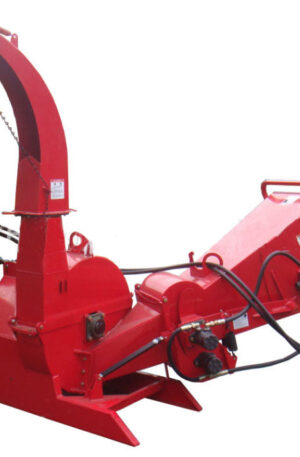Title: Revolutionizing the Pharmaceutical Industry: The Evolution of Pharmaceutical Machinery
Pharmaceutical machinery has played a crucial role in the advancement of the pharmaceutical industry. From the early days of manual production to the modern automated processes, machinery such as the table press machine, capsule filling machine, TDP, and THDP have revolutionized how medications are produced efficiently and effectively.
The table press machine is a fundamental piece of equipment in pharmaceutical manufacturing. It compacts powdered ingredients into tablets of uniform shape and size. This process ensures accurate dosing and allows for easy storage, transportation, and administration of medications. The evolution of table press machines has led to the development of more advanced models that are capable of high-speed production with minimal manual intervention.
Capsule filling machines are another essential component of pharmaceutical machinery. These machines fill empty gelatin capsules with a precise dosage of medication. The automation of this process has significantly increased the efficiency of capsule production, reducing the risk of human error and contamination. Modern capsule filling machines are equipped with advanced technology that enables them to fill capsules quickly and accurately, meeting the demands of today’s pharmaceutical industry.
TDP (Tablet Press) and THDP (Double Rotary Tablet Press) machines are advanced table press machines that are capable of producing a high volume of tablets in a short period. TDP machines use compression force to form tablets, while THDP machines use a double rotary mechanism for increased efficiency. These machines have revolutionized tablet production by increasing speed, accuracy, and consistency, making them essential tools in large-scale pharmaceutical manufacturing.
In conclusion, the evolution of pharmaceutical machinery, including table press machines, capsule filling machines, TDP, and THDP machines, has transformed the pharmaceutical industry by enhancing efficiency, accuracy, and productivity in medication production. As technology continues to advance, we can expect to see further innovations in pharmaceutical machinery that will further revolutionize the way medications are manufactured and distributed globally.
